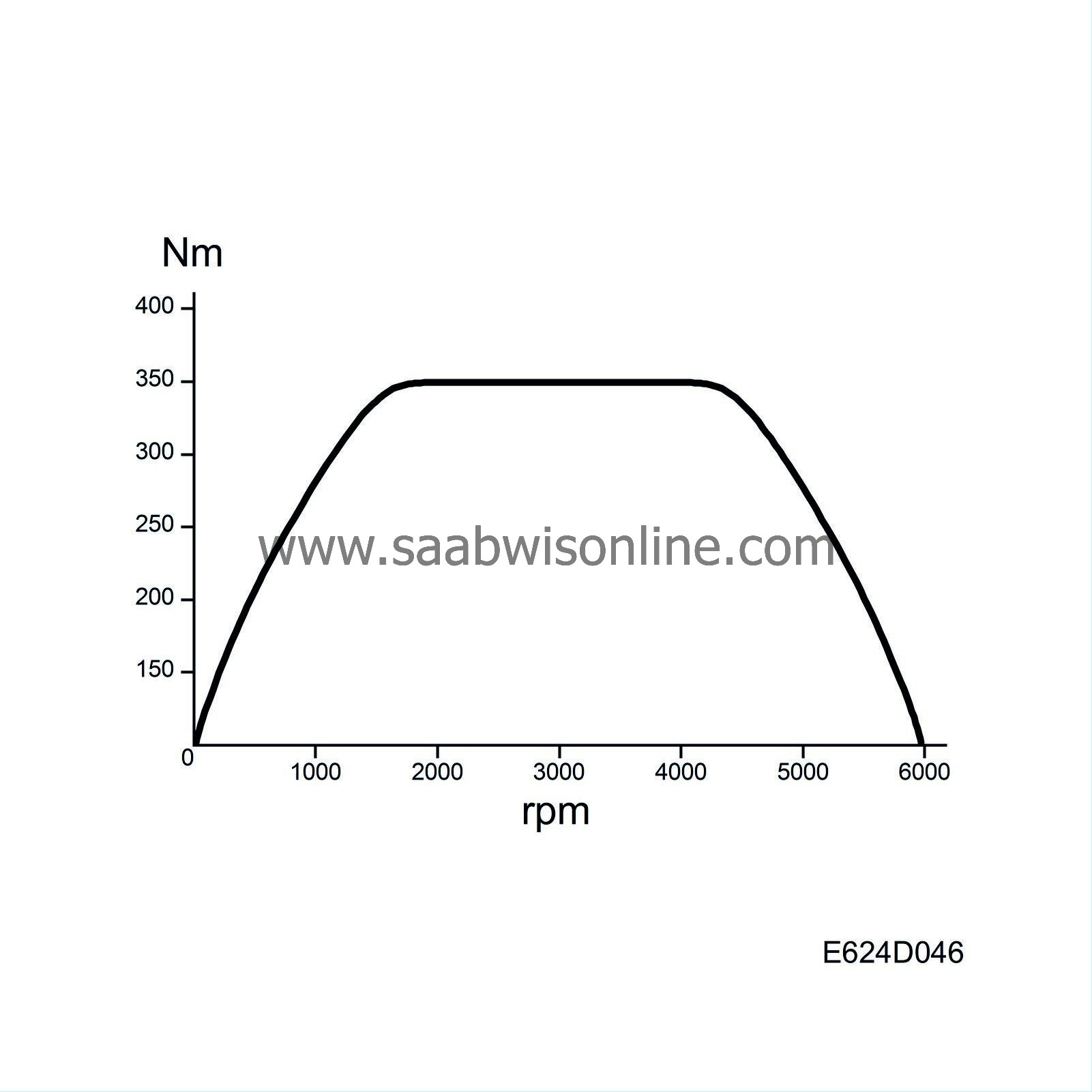Air mass limitation
| Air mass limitation |
| Maximum engine torque |
The engine torque curve is stored in the control module memory. It specifies the maximum engine torque at various engine speeds.
Engine torque is directly proportional to air mass/combustion.
The unit in the engine torque curve, Nm, is converted to mg air/combustion.
The value taken from the curve is the maximum air mass/combustion value the engine variant allows.
| Automatic gearbox, stall limitation |

The maximum engine torque must be limited when the car is stationary and the brake pedal is depressed for reasons of strength.
Engine torque is limited to 200 Nm.
Engine torque is converted to mg air/combustion and constitutes the maximum air mass/combustion permitted by the automatic transmission.
| TCM, engine torque limitation |
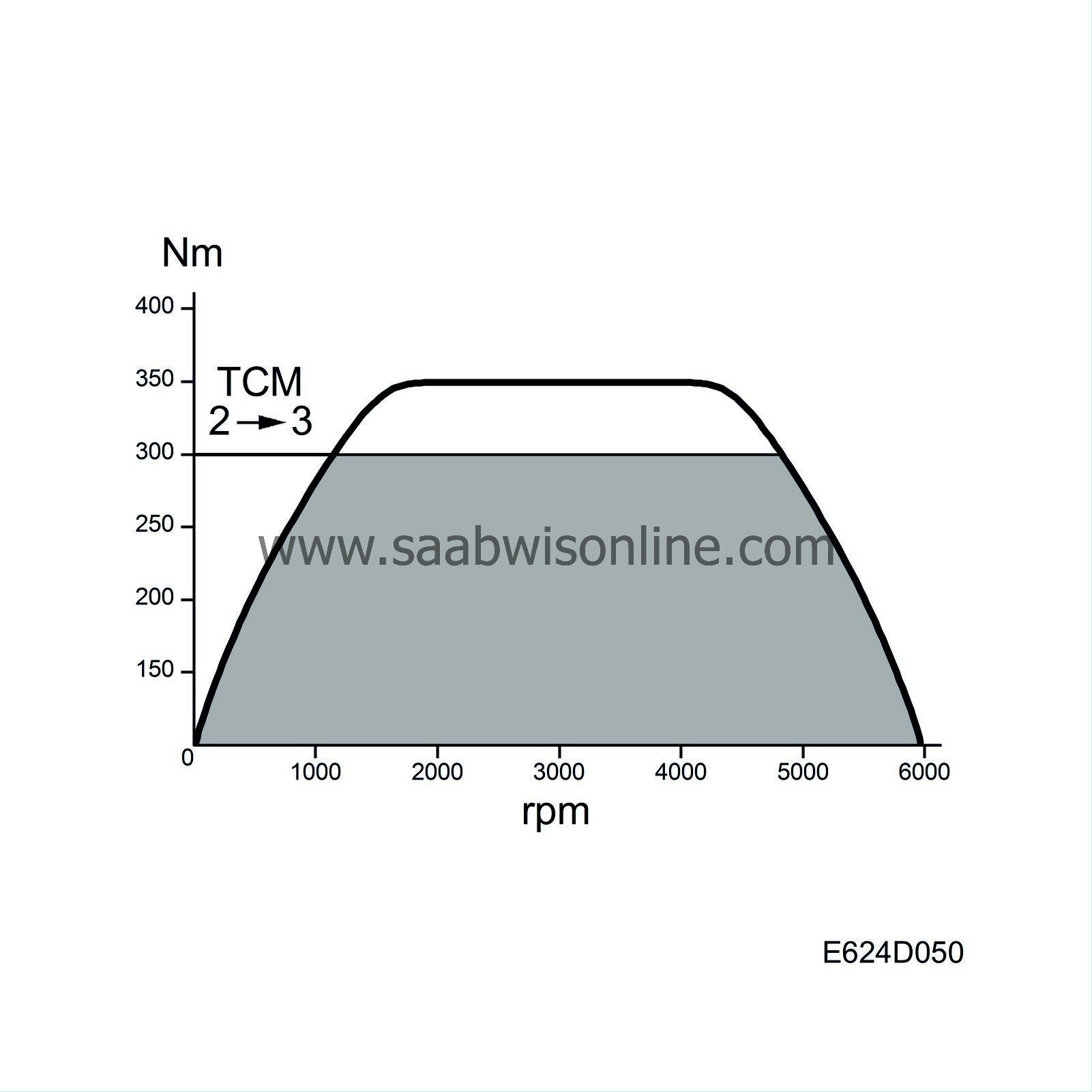
The maximum engine torque must be limited in gear R, 1 and 2 for reasons of strength. TCM will send continuous bus information specifying the maximum permissible engine torque.
The maximum permitted engine torque is also limited during gear changing.
|
TCM sends maximum permissible engine speed:
|
|
|
R
|
270 Nm
|
|
1
|
330 Nm
|
|
2
|
330 Nm
|
|
3
|
330 Nm
|
|
4
|
350 Nm
|
|
5
|
350 Nm
|
TCM then sends maximum permissible engine torque to protect the gearbox.
Trionic T7 converts Nm to mg air/combustion. The value constitutes the maximum air mass/combustion permitted by the automatic transmission.
| Braking |
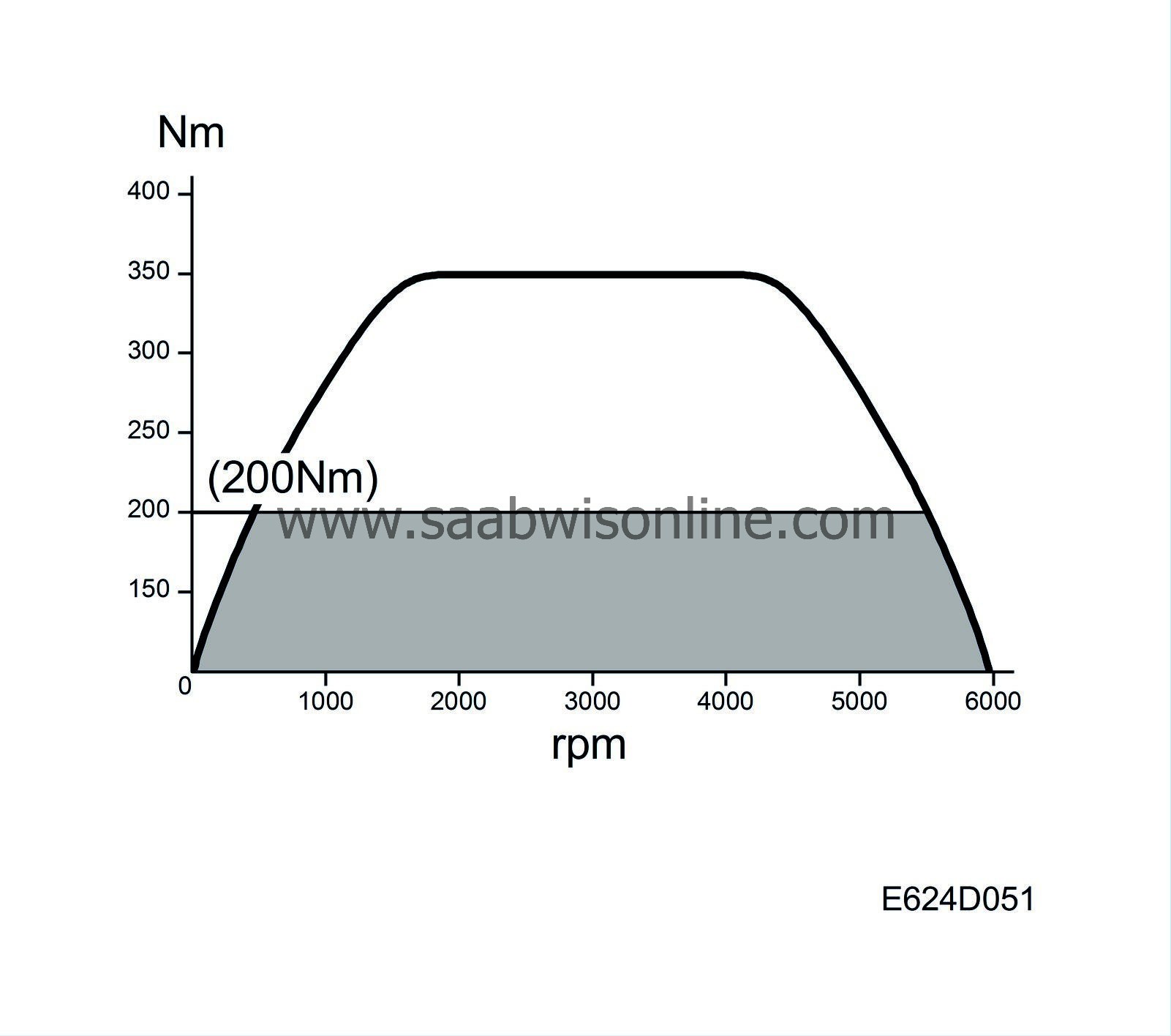
The maximum engine torque must be limited when the brake pedal is depressed for reasons of strength. The following three conditions must be fulfilled for this function to be activated:
| • |
B+ on the input from brake light switch, pin 63.
|
|
| • |
B+ on the input from brake and clutch pedal switches, pin 29.
|
|
| • |
Brake light ON (Bus from TWICE)
|
|
Engine torque is limited to 200 Nm.
Engine torque is converted to mg air/combustion and constitutes the maximum air mass/combustion permitted by the automatic transmission.
| Traction Control / ESP, engine torque limitation |

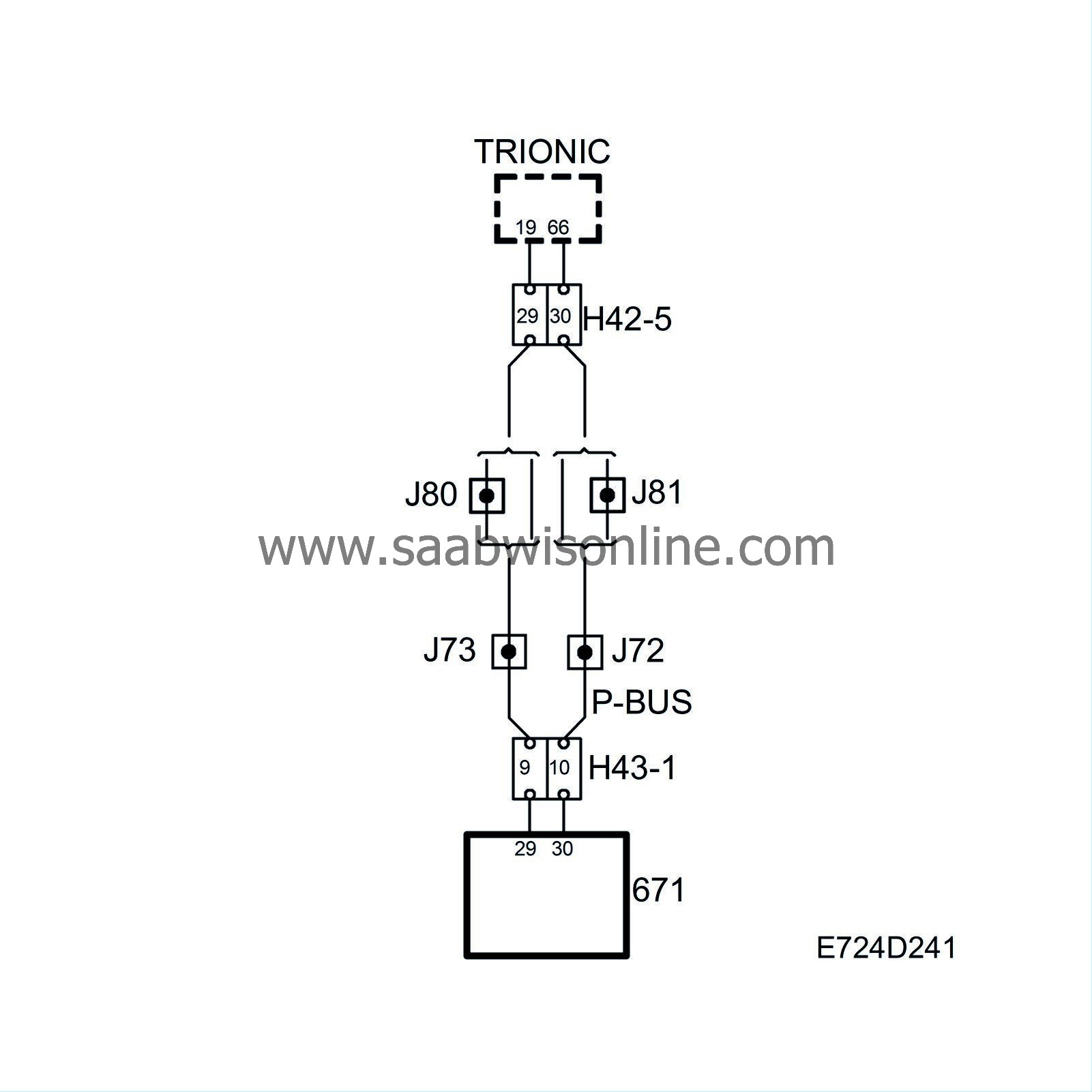
Cars with certain engine variants can be equipped with Traction Control in the TC/ABS/ESP control module. The TCS function in the TC/ABS/ESP control module works both by reducing engine torque (request to Trionic) and applying the brakes on the driving wheels. The rear wheel speed is used as a reference to compare both driving wheels individually. Wheel spin occurs when one of the driving wheels rotates faster than the rear wheels.
TC/ABS/ESP receives 2 bus messages from Trionic T7:
| • |
Engine torque
The value of the bus message "Engine torque” can vary between -100 Nm and 400 Nm. TC/ABS/ESP uses the engine torque value to calculate the current driving wheel torque. |
|
| • |
Pedal position
TC/ABS/ESP uses the value to determine how much wheel spin to allow. |
|
Knowing the engine torque and the current gear, TC/ABS/ESP is able to calculate the driving wheel torque.
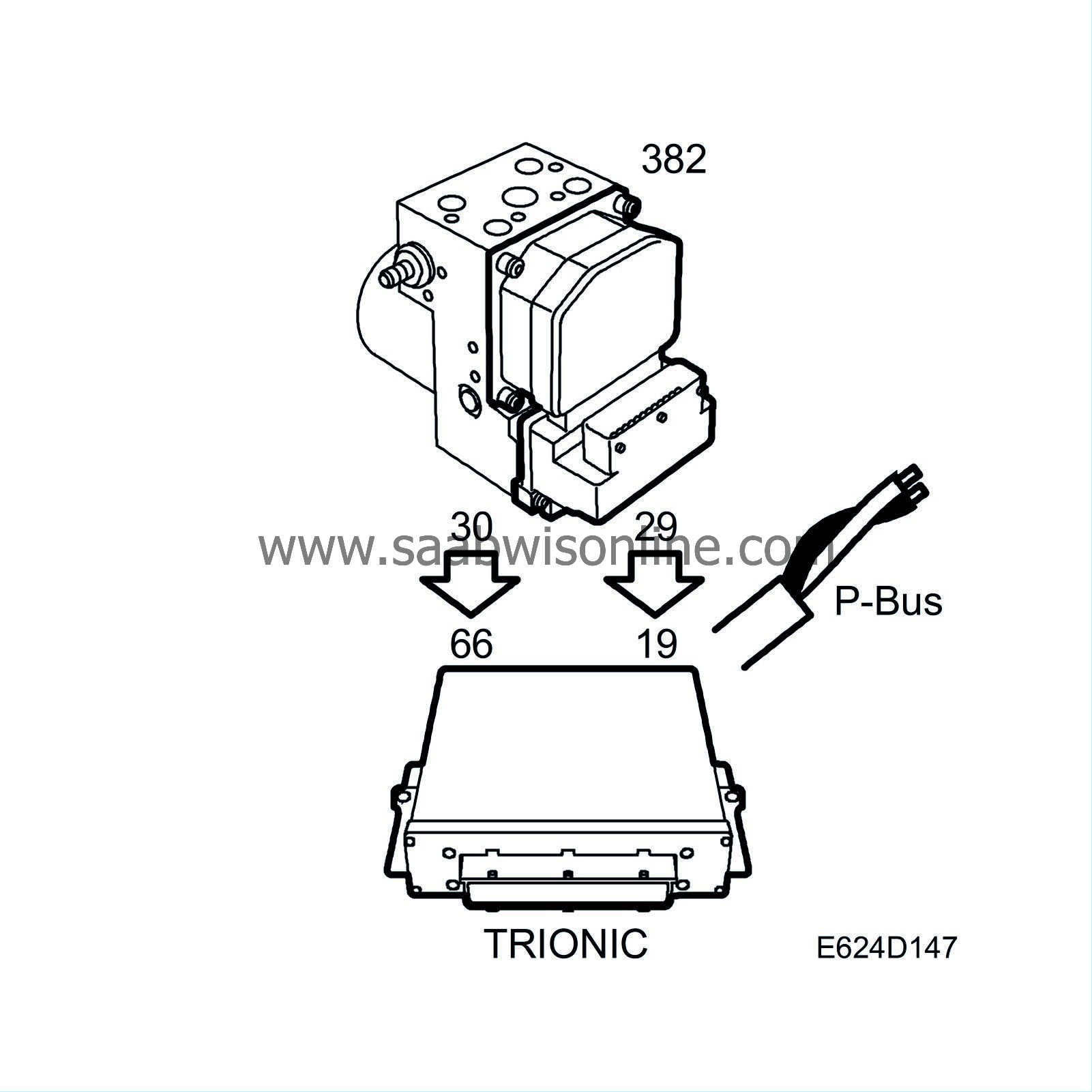
TC/ABS/ESP sends one bus message used by Trionic T7:
| • |
Requested engine torque
The value of this requested torque is used for Traction Control/ESP. |
|
Trionic T7 converts Nm to mg air/combustion. The value constitutes the maximum air mass/combustion allowed by TC/ABS/ESP.
For further information on Traction Control and TC/ABS, see System overview .
For further information on ESP, see System overview .
| Diagnostics |
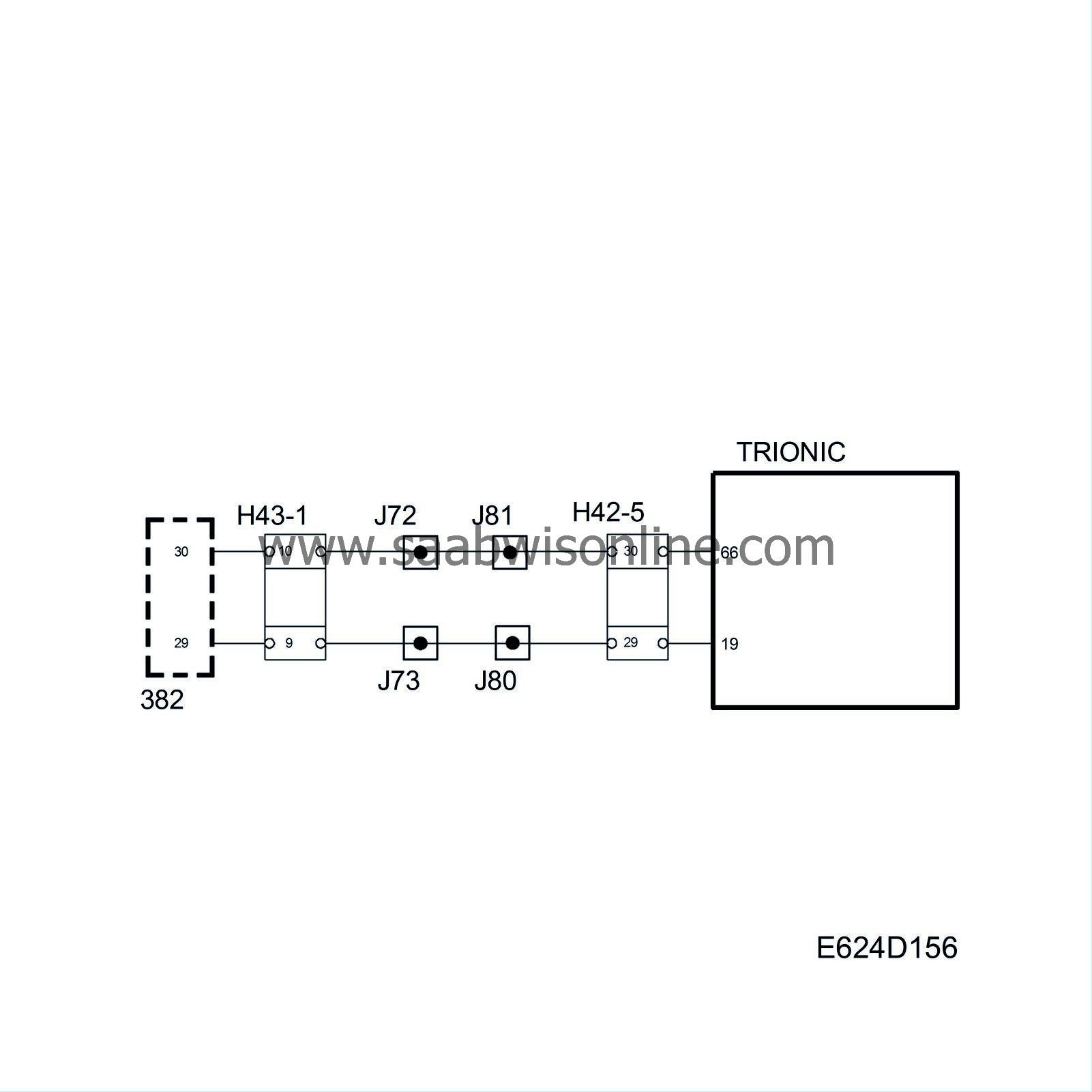
Trionic can detect three different faults that affect the TC function. TC/ABS/ESP generates diagnostic trouble codes and turns on the TCS OFF lamp.
The three faults are:
| • |
No communication with TC/ABS/ESP control module.
|
|
| • |
Trionic detects that TC/ABS/ESP is programmed for the incorrect engine variant (the programmed variant is sent from TC/ABS/ESP on the P-bus, TC/ABS generates a diagnostic trouble code).
|
|
| • |
Fault in the Trionic throttle control (limp-home). With this fault, the CHECK ENGINE lamp will also go on and the cause of the fault can be found in Trionic.
|
|
| Knock limitation |
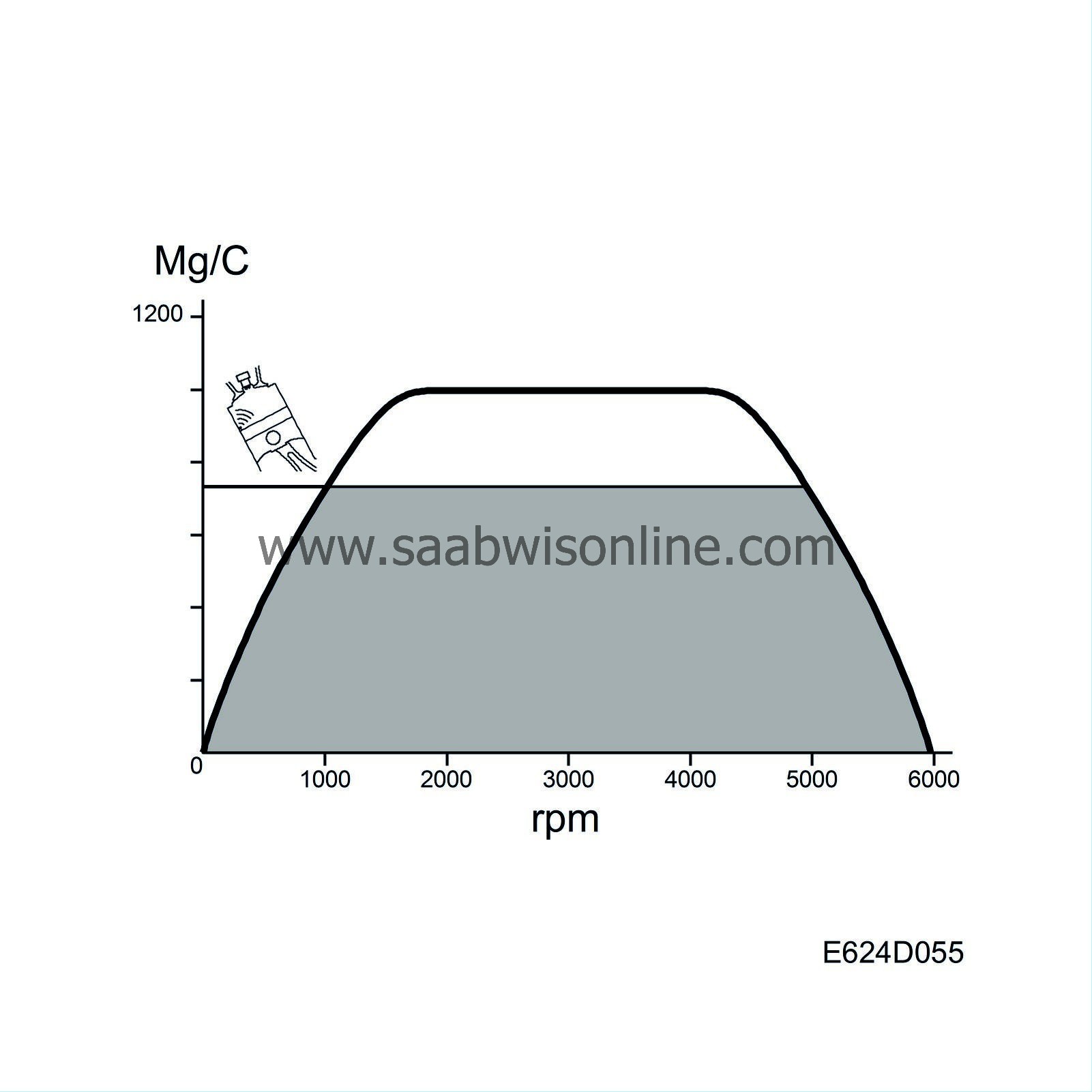
Knock control first retards the ignition timing for each cylinder. If the mean value for the ignition retardation for all the cylinders exceeds a certain value, fuel enrichment will take place.
If the mean value for ignition retardation increases further, the maximum permissible air mass/combustion will be reduced.
This reduction takes place continuously as the ignition retardation increases.
The value constitutes the maximum air mass/combustion value permitted by knock control.
| Note | ||
|
Knock control on modern engines is not a safety function but a normal function. Consequently, it is considered normal when knock control reduces engine torque in certain cases. The engine knock control increases for e.g. high intake air temperatures or high coolant temperatures. Further influencing factors are driving at high altitudes and low octane fuel. |
||
|
Certain engine variants require petrol with an octane rating of 98 RON in order to provide the specified engine torque/power. |
| Vehicle speed limitation |

When the vehicle speed reaches 240 km/h, the engine torque will be limited by limiting the maximum permissible air mass/combustion.
| Engine speed limitation |
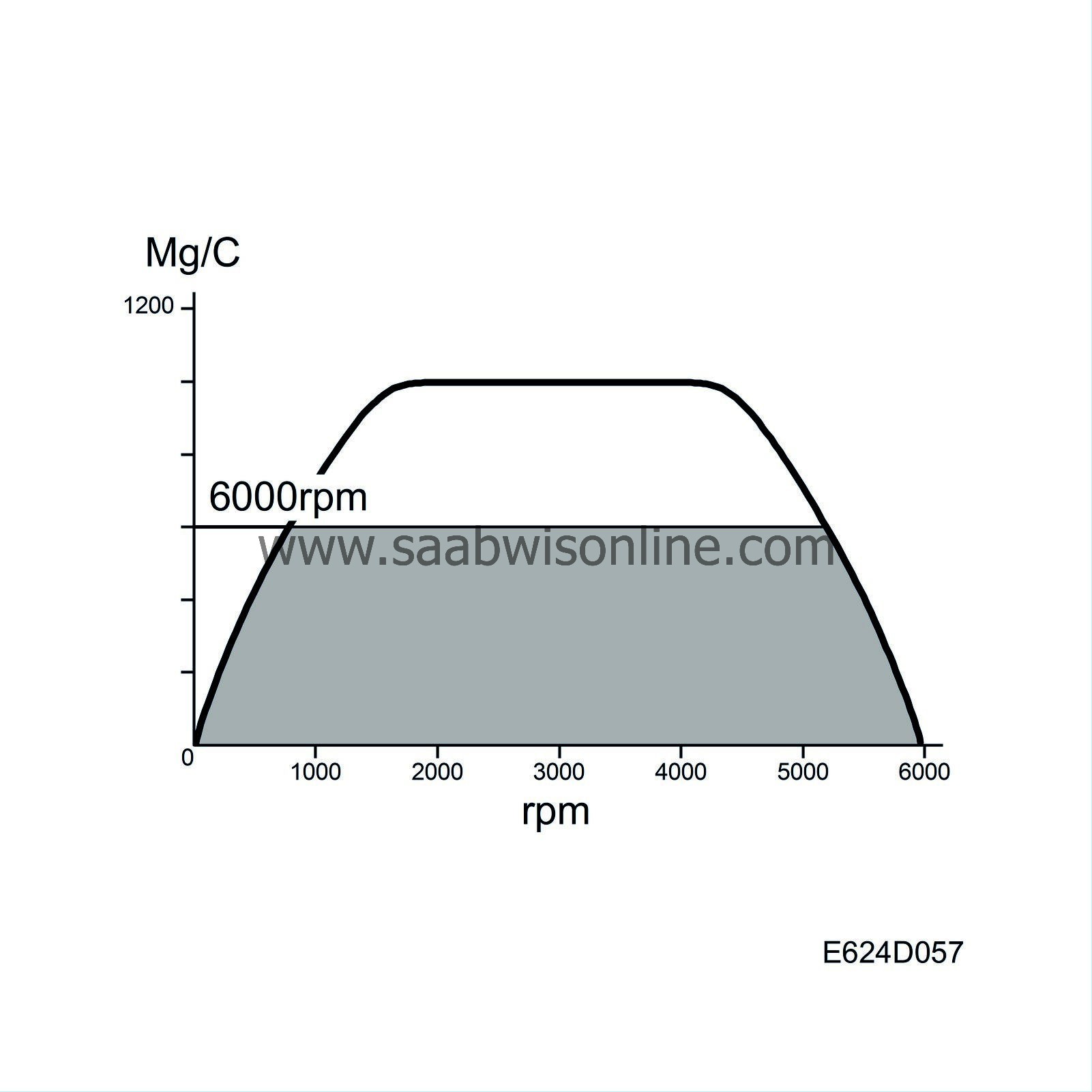
When the engine speed reaches 6000 rpm, the engine torque is limited by limiting the maximum permissible air mass/combustion.
| Turbo speed limitation |
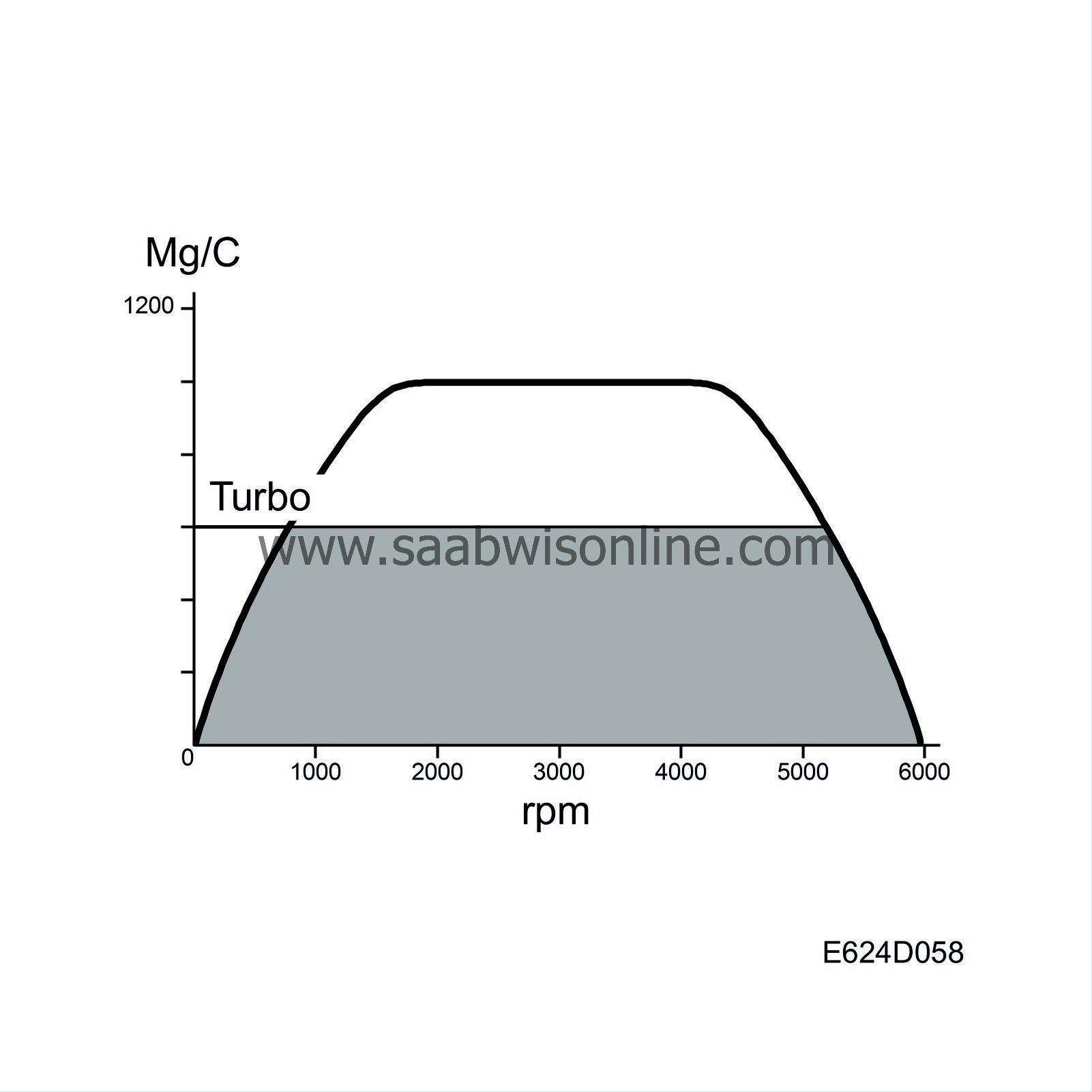
The maximum permissible air mass/combustion is limited at low atmospheric pressures to protect the turbo from overrevving.

